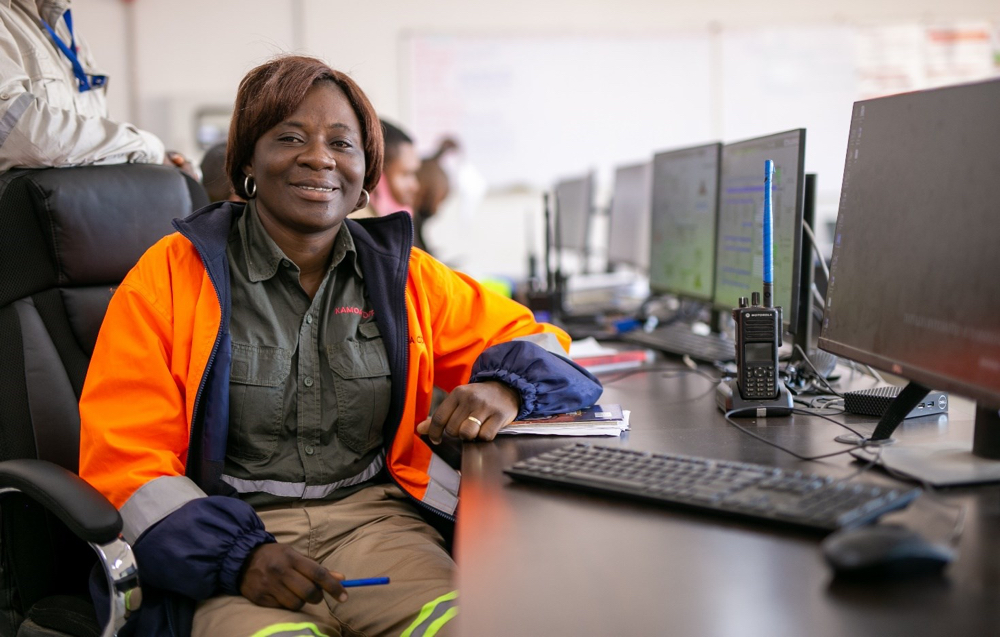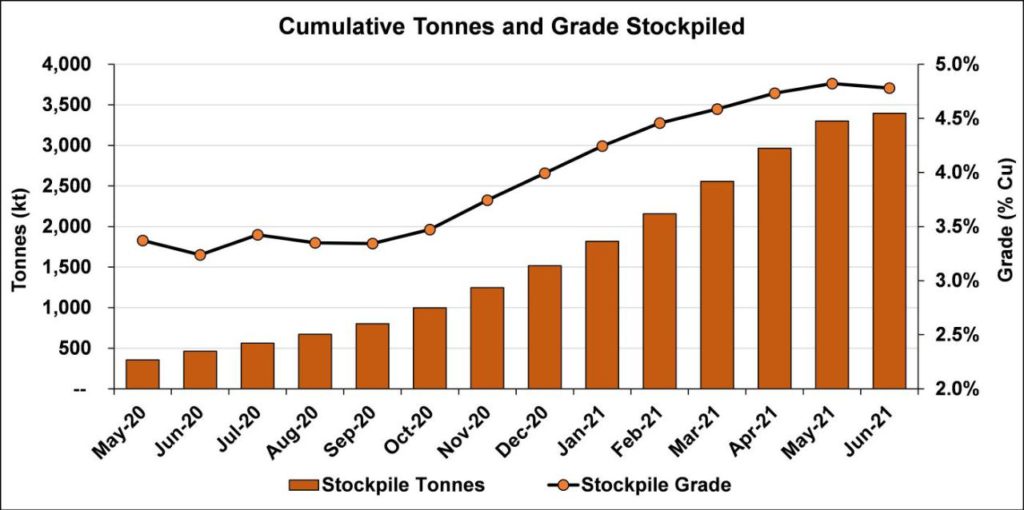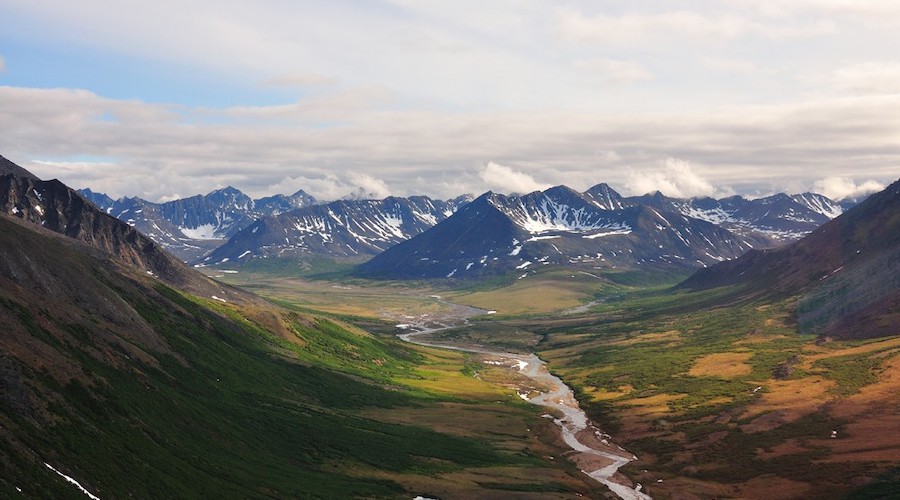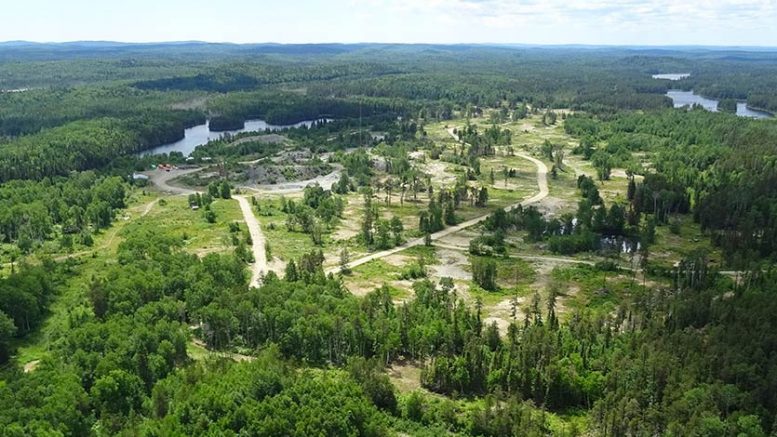Ivanhoe already has 162,000 tonnes copper in ore stockpiled
- Get link
- X
- Other Apps
MINING.COM Staff Writer | July 6, 2021 | 4:00 pm Intelligence Top Companies Africa Canada Copper

At the end of May, Ivanhoe Mines (TSX: IVN) began producing copper concentrate at its Kamoa-Kakula project in the Democratic Republic of Congo (DRC), months ahead of schedule.
On Tuesday, the company announced the 3.8 million tonne per year phase 1 concentrator plant is now fully operational and the project received its first blister copper ingot from the local smelter.
To date, more than 10,500 tonnes of concentrate have been delivered to the local smelter. Kamoa-Kakula concentrate is expected to contain approximately 57% copper and exceptionally low levels of impurities – and arsenic levels of only 0.01%, according to the company.
See how Kamoa-Kakula stacks up against the world’s biggest copper mines
A total of 338,000 tonnes grading 4.59% copper was mined in June and comprised 295,000 tonnes grading 4.76% copper from the Kakula Mine, including 66,200 tonnes grading 7.71% from the mine’s high-grade centre, and 43,000 tonnes at 3.43% grade from the Kansoko Mine.
As of June 30, 313,000 tonnes of ore grading 4.85% copper had been conveyed to the run-of-mine (ROM) stockpile. The project’s pre-production surface stockpiles now contain approximately 3.4 million tonnes of high and medium-grade ore at an estimated, blended average of 4.78% copper.

Contained copper in the stockpiles at the end of May now total more than 162,000 tonnes and the company said as the plant ramps up to full phase 1 design capacity, and the mine towards phase 2 production capacity of 7.6 million tonnes per annum, the surface stockpiles are expected to continue to build at a reduced rate, according to the statement.
Phase 2 is on track for Q3 2022 and Ivanhoe says civil works and structural steel construction ahead of schedule.
Ivanhoe’s guidance for contained copper in concentrate expected to be produced by Kamoa-Kakula for the balance of 2021 is 80,000 to 95,000 tonnes (100% basis).
Kamoa-Kakula is a joint venture between Vancouver-based Ivanhoe (39.6%) and China’s Zijin Mining (39.6%). The DRC government holds a fifth of the mine.




Comments
Post a Comment